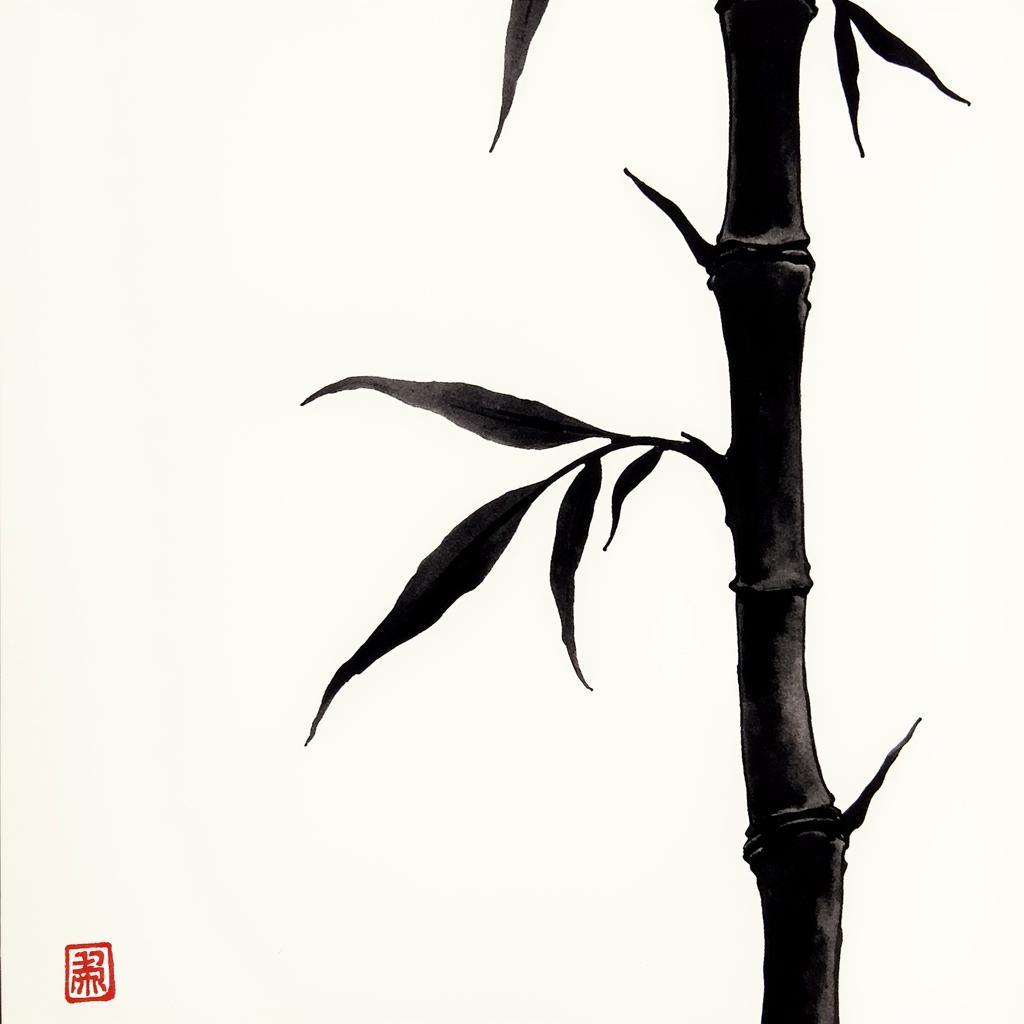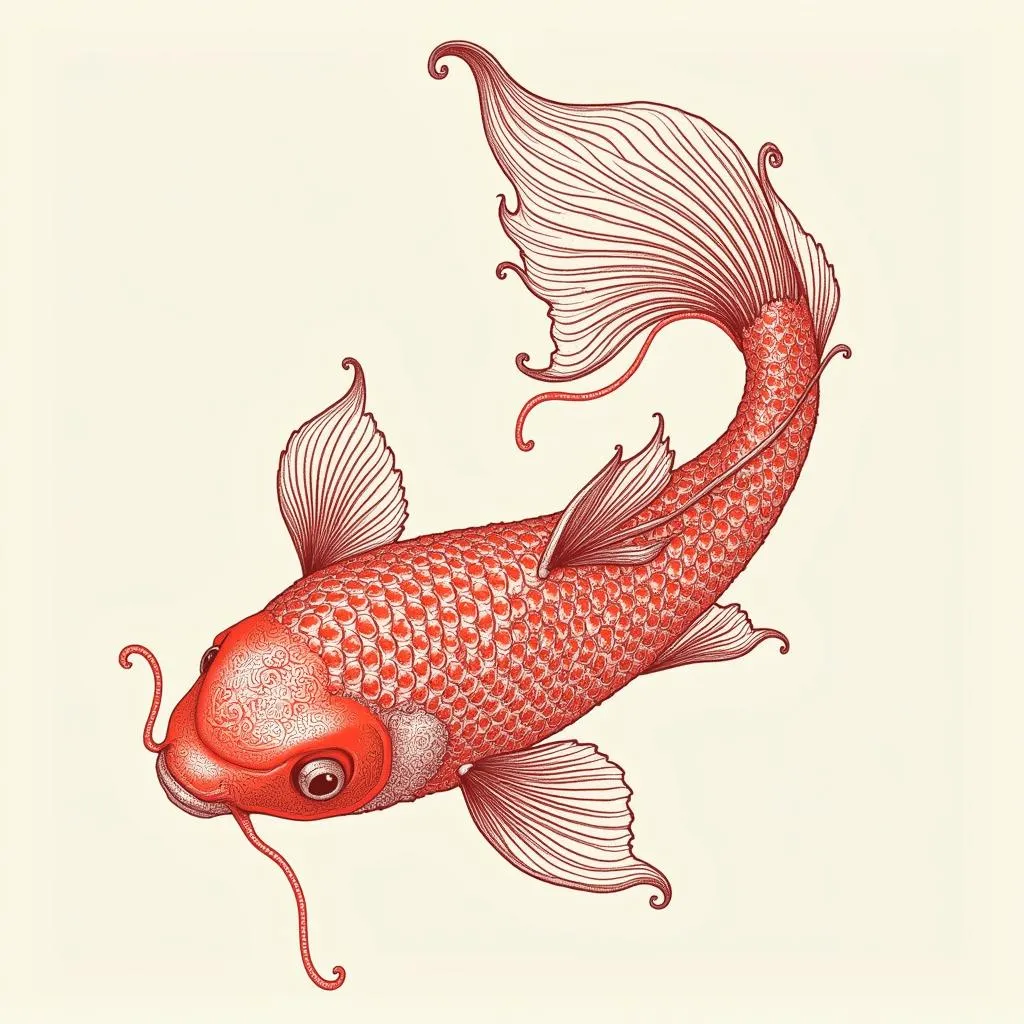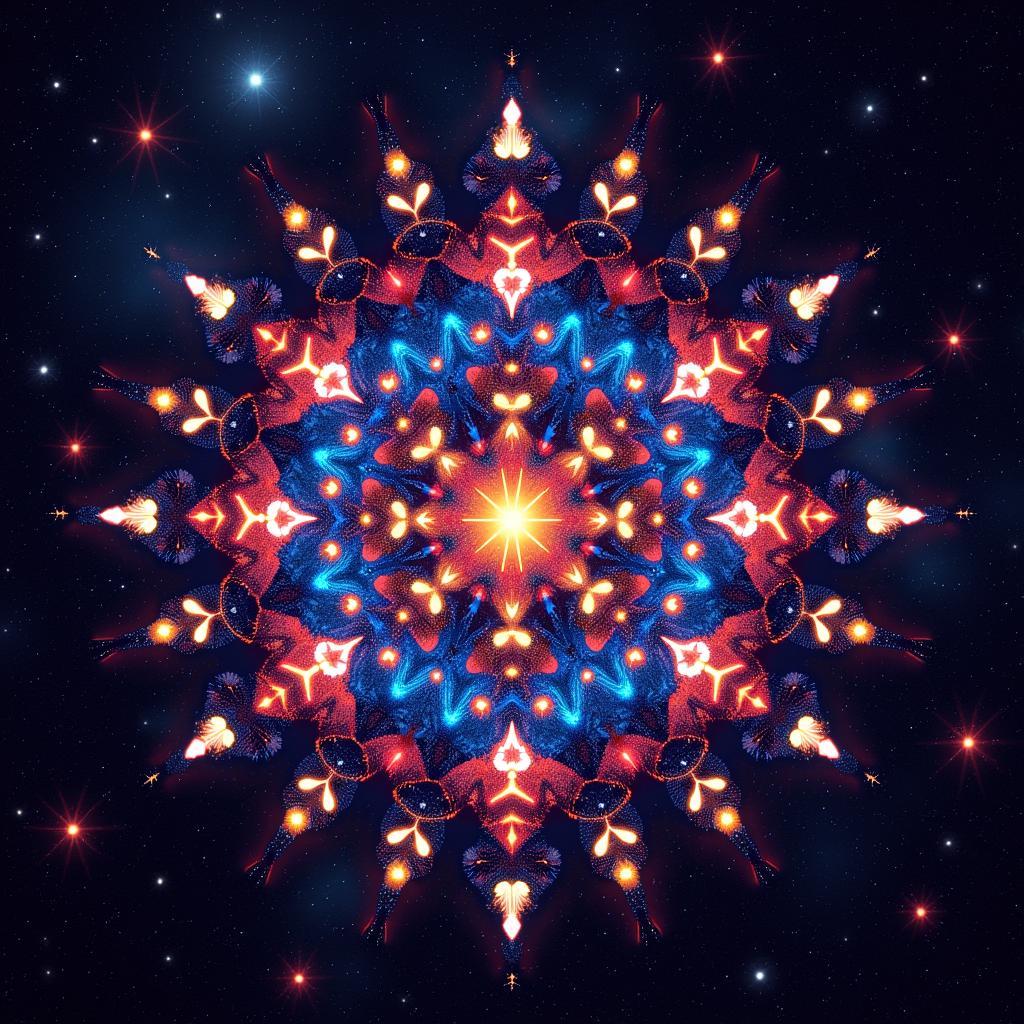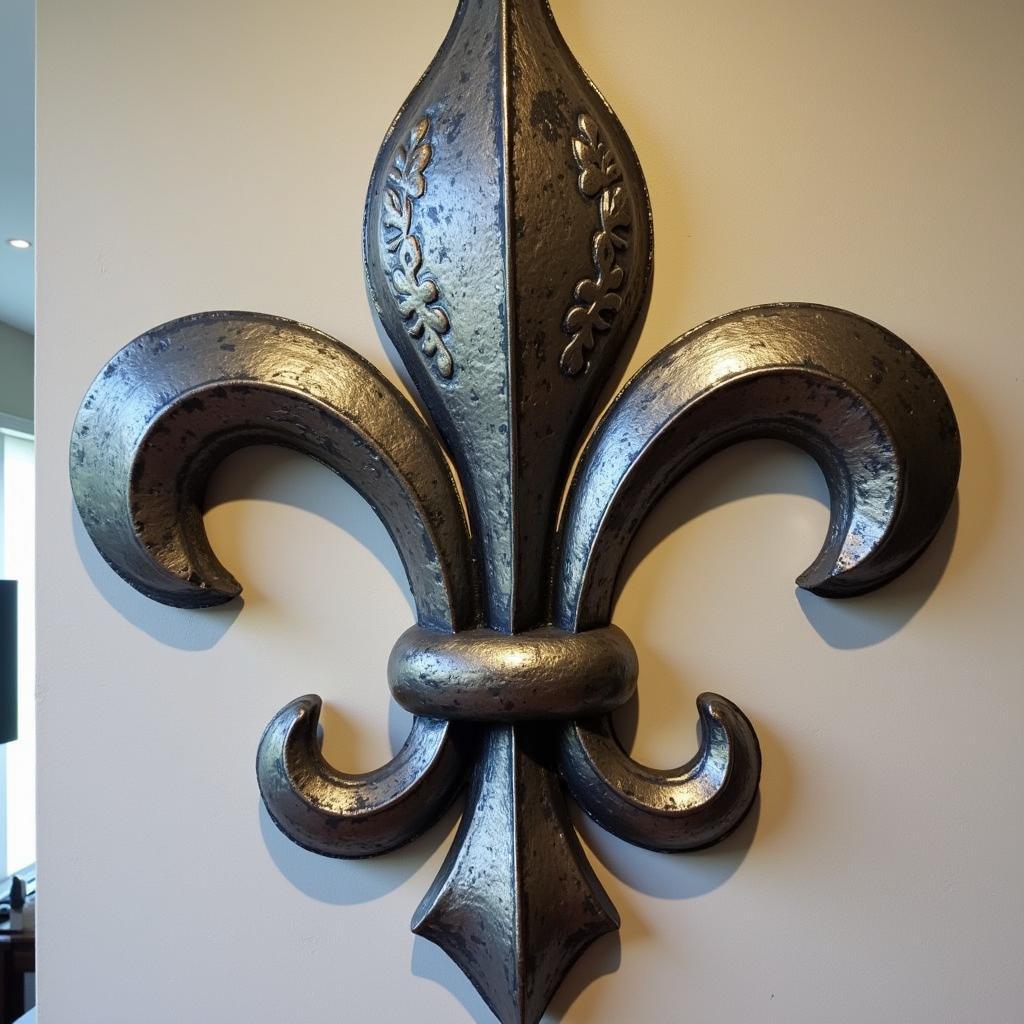Exploring the Depths of Abstract Japanese Art
Abstract Japanese Art presents a captivating blend of traditional aesthetics and modern sensibilities. From the minimalist strokes of sumi-e ink painting to the bold colors and textures of contemporary works, this genre offers a unique lens through which to explore Japanese culture and artistic expression. This article delves into the fascinating world of abstract Japanese art, examining its history, key influences, prominent artists, and its enduring appeal in the 21st century.
The evolution of abstract Japanese art is deeply rooted in the country’s rich artistic heritage. Traditional art forms like calligraphy, ceramics, and textile design, with their emphasis on simplicity, balance, and harmony, laid the groundwork for the emergence of abstraction. These ancient practices emphasized the beauty of imperfection and the power of suggestion, principles that continue to resonate in contemporary abstract works. Check out these stylish art sneakers.
The Influence of Zen Buddhism on Abstract Japanese Art
Zen Buddhism, with its focus on meditation and mindfulness, has profoundly influenced Japanese art for centuries. The concept of “ma” (emptiness) and the pursuit of spiritual enlightenment through artistic expression are central to understanding the essence of abstract Japanese art. The minimalist aesthetic and the use of negative space in many abstract works reflect the Zen philosophy of finding beauty in simplicity and stillness.
Key Artists and Movements in Abstract Japanese Art
Several prominent artists and movements have shaped the trajectory of abstract Japanese art. The Gutai Art Association, founded in the 1950s, championed experimental and performance-based art, pushing the boundaries of traditional artistic practices. Artists like Jiro Yoshihara and Kazuo Shiraga explored unconventional materials and techniques, creating dynamic and often visceral works that challenged viewers’ perceptions of art.
 Abstract Japanese Art: Sumi-e Ink Painting
Abstract Japanese Art: Sumi-e Ink Painting
Post-War Abstraction in Japan
The post-war period saw a surge in abstract art in Japan, as artists grappled with the complexities of a rapidly changing society. The Mono-ha movement, which emerged in the late 1960s, emphasized the relationship between materials and space, creating minimalist installations that blurred the lines between sculpture and environment. Artists like Lee Ufan and Kishio Suga explored the inherent qualities of everyday materials like stone, wood, and glass, inviting viewers to contemplate the nature of perception and reality.
The Enduring Appeal of Abstract Japanese Art
Abstract Japanese art continues to captivate audiences worldwide with its unique blend of tradition and innovation. The emphasis on simplicity, balance, and harmony resonates with contemporary sensibilities, offering a sense of tranquility and contemplation in a fast-paced world. Whether it’s the delicate brushstrokes of a sumi-e painting or the bold colors and textures of a contemporary installation, abstract Japanese art offers a powerful and evocative exploration of the human experience. You might also be interested in sun goddess art.
What Makes Abstract Japanese Art Unique?
The unique blend of traditional Japanese aesthetics with modern and contemporary approaches creates a distinct style. The influence of Zen Buddhism, the focus on natural forms, and the use of traditional materials and techniques contribute to the unique identity of abstract Japanese art. Looking for a unique touch for your walls? Consider bamboo wall art metal.
How to Appreciate Abstract Japanese Art
Appreciating abstract Japanese art often involves going beyond the literal and engaging with the underlying concepts and emotions conveyed by the artwork. Consider the use of color, texture, and composition. Reflect on the artist’s intention and the cultural context of the work.
“Abstract Japanese art is not simply about what you see, but what you feel,” says renowned art historian, Dr. Akiko Sato. “It’s about the connection between the artist, the artwork, and the viewer, a shared experience of beauty and contemplation.”
Conclusion
Abstract Japanese art, with its rich history and diverse expressions, offers a profound exploration of artistic and cultural sensibilities. From the ancient traditions of calligraphy and ink painting to the contemporary explorations of materials and space, this genre continues to evolve and inspire. Explore the world of ibis bird art for more inspiration. By understanding its key influences and appreciating the unique vision of its artists, we can gain a deeper appreciation for the beauty and complexity of abstract Japanese art.
FAQ
- What is the difference between traditional and abstract Japanese art?
- What are the key characteristics of abstract Japanese art?
- Who are some famous abstract Japanese artists?
- Where can I see examples of abstract Japanese art?
- How can I start collecting abstract Japanese art?
- What is the significance of Zen Buddhism in abstract Japanese art?
- What are some common themes explored in abstract Japanese art?
Interested in exploring different art forms? Check out tattoo canvas art.
Other Helpful Resources
You might also find these articles helpful: “Understanding Japanese Aesthetics” and “The History of Japanese Art”.
Contact Us
For further assistance, please contact us: Phone: 02462573573, Email: danteum@gmail.com. Visit our location at Savico Megamall, 7-9 Đ. Nguyễn Văn Linh, Gia Thụy, Long Biên, Hà Nội 10000, Việt Nam. Our customer service team is available 24/7.



